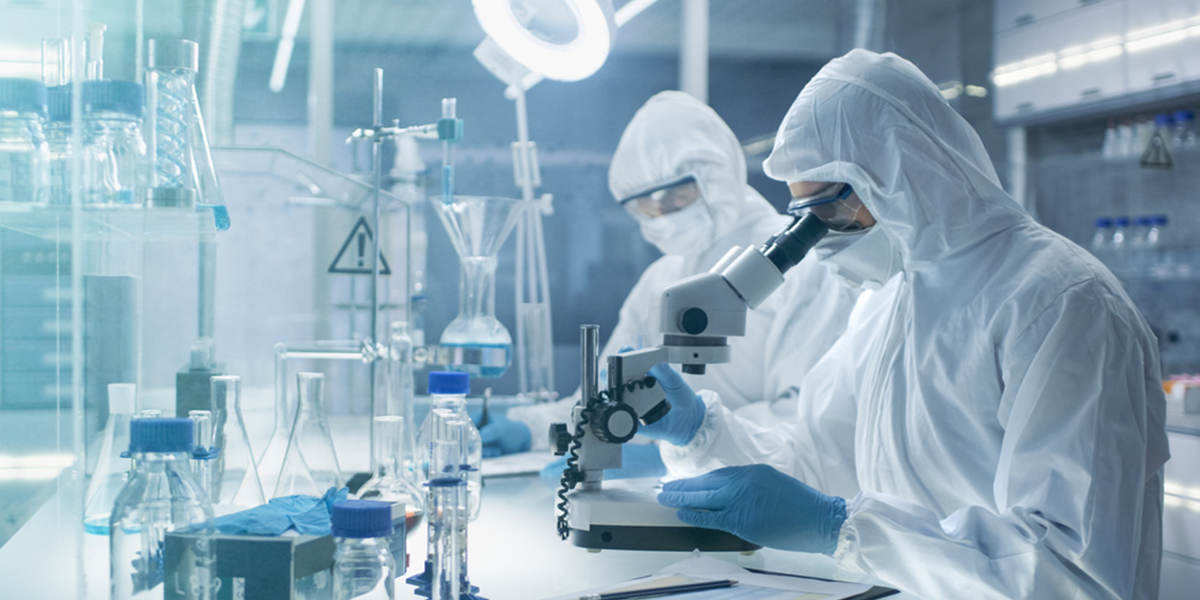
The Institute of Systems and Physical Biology of Shenzhen Bay Laboratory is dedicated to basic biomedical research, focusing on fundamental systems biology challenges by interdisciplinary collaborations broadly covering genomics and epigenetics, protein drug design, protein engineering and enzyme catalysis, signal transduction, bioinformatics and artificial intelligence, metabolic control, and photobiology. Systems biology integrates computational methods, e.g., molecular dynamics simulations and mathematical modeling, with biophysical and biochemical experiments, and different high-throughput omics techniques to investigate structure-function relations of living organisms at systems level, in order to unveil the underlying principles that are difficult to study in the traditional biological research. Some typical research areas are:
- Genomics and Epigenetics
The development and use of epigenetic sequencing technologies to study common cancers, infectious diseases, neuropsychological and metabolic disorders in Southern China. Network analysis and graph theory in the field of systems biology, analyzing data using mathematical models and artificial intelligence.
- Omics of Systems Biology
Priorities include proteomics, metabolomics, glycomics, transcriptomics etc. This involves developing advanced high-throughput testing methods and obtaining omics data related to specific diseases.
- Mathematical Biology
Analysis and use of big data from biological omics and health sciences to understand the fundamental processes of biological systems. This requires the development and building of mathematical and physical models, and the development of machine learning and artificial intelligence. Dynamical simulation of macromolecular assemblies at atomic resolution is essential for rational experimental design and verification.
- Optogenetics
Biological photochemistry - development of ultrafast laser technology to study how light-sensitive proteins induce energy and the charge transfer and chemical processes, as well as the resulting cell signaling mechanisms. Biosensing - development of non-invasive and high-sensitivity biosensing technologies. Medical imaging - linking genetic phenotypes with medical imaging. Priority lies in the research of new imaging technologies, and the development of ultrafast, super-resolution 3D and 4D imaging.

Research Directions
- AI and Big Data
- Systems and Information Biology (integrative genomics, epigenetics, proteomics, metabolomics, glycomics, etc.)
- Mechano-biology
- Physical Biology (photobiology, imaging, artificial biosystems, biological synthesis.)

Senior Principal Investigator

Vice Director, Senior Principal Investigator

Senior Principal Investigator

Junior Principal Investigator

Junior Principal Investigator

Junior Principal Investigator

Junior Principal Investigator

Junior Principal Investigator

Junior Principal Investigator

Junior Principal Investigator

Junior Principal Investigator

Junior Principal Investigator

Junior Principal Investigator